
It was this short video on water harvesting that first sparked my interest in swales:
http://www.youtube.com/watch?v=kPrfNVzDNME
I'd also read of swales in my permaculture books, like AN INTRODUCTION TO PERMACULTURE, and GAIA'S GARDEN. Permaculture is many things, but as far as gardening it is more of a perennial approach, with an emphasis on fruiting shrubs and trees, rather than an annual one of planted crops. The idea is to set systems in place that over time maintain themselves, and feed you, without any work whatsoever.
A swale is essentially a level ditch, with a mound of earth, or berm, below. It can be of any width or length, depending on the application. The key is that it is dug on contour. The idea is that water will run down a slope, collect in a swale, and because it's level, have nowhere to go. So it will pool and begin to seep and percolate underground, recharging subsurface aquifers. This will hydrate everything below the swale; grass, shrubs, trees, and increase growth.
In our situation we have a clearing, with a long slope, parts of which are bare from possibly erosion. A swale will also check erosion, as water rushing downhill is caught by it. Our oaks out in the clearing look severely dehydrated. They are tall forest trees, that have suddenly lost the shade of fellow trees, and are hit by drying winds. They've begun dying back at the crown, and putting out side branches all up and down the trunk, as they adapt to the new conditions. You can see this clearly in these two images:

 So I'm hoping through the swales to stop erosion, deeply water the oaks, so they become big park trees; to create a place to plant our blueberry (the berms), and ultimately to increase the fertility of the whole hillside. Swales are a sort of passive watering, but at the deep root level.
So I'm hoping through the swales to stop erosion, deeply water the oaks, so they become big park trees; to create a place to plant our blueberry (the berms), and ultimately to increase the fertility of the whole hillside. Swales are a sort of passive watering, but at the deep root level.I'm going to do four 30 foot swales all in a line, on contour, at the top of the clearing.
The first thing is site work. I take two stakes and stretch thirty feet of twine between them. This will give me my length. I stretch them out at a diagonal along the top of the clearing where I think it's level. I attach a line level to the twine, and have Rachael move her stake either up or down the hill till we're exactly level. Then I pound in stakes at both ends so I know where to dig. We do this four times.
Here's an image of some stakes in, but it's hard to see them over the weeds:
 I don't bother hoeing out the sod. I go straight to the pick and start digging. I'm going to dig down at least a foot, anywhere between 12" and 18". I'll try to make them about 18" wide. At 30 feet, this will collect a lot of water.
I don't bother hoeing out the sod. I go straight to the pick and start digging. I'm going to dig down at least a foot, anywhere between 12" and 18". I'll try to make them about 18" wide. At 30 feet, this will collect a lot of water.The digging's of course exhausting. I break up the soil, and shovel it out on the downhill side to create the berm. Once I feel I'm close I go in with my square-end shovel (transfer shovel) and try to scrape out a flat square-edged bottom. I get a 12' board (the longest I have), lay it down in the bottom with the factory side, or narrow side up (usually the straightest), and set a 4' level on it. I work my way all across the bottom of the swale, filling in where there's a gap beneath the board, digging further where I haven't gone deep enough. It's painstaking work to get it flat, level, and straight across. This is it finished:
 I next come in with my spading fork, and crack and puncture the bottom, to try to facilitate seepage down of the water (probably unnecessary, but I thought it'd be fun to try):
I next come in with my spading fork, and crack and puncture the bottom, to try to facilitate seepage down of the water (probably unnecessary, but I thought it'd be fun to try):
You can fill your swale with anything; rock, gravel, straw, boughs, whatever; or leave it empty. It's partly cosmetic, though you probably don't want to leave it completely empty in the sense that it might easily erode, walls or berm cave in, and ruin all your work. In GAIA'S GARDEN, a story's related about a guy trying to mimic nature by planting his blueberry over decaying wood in a swale. So since I have all this rotten spongy wood down in the woodpile, and gravel is too costly and heavy to haul up, I go with that. I first lay down a bed of leaves, to give that nice heavy acid fertilizer that blueberry seem to love:

It's important for me to admit I have no idea what I'm doing. I'm just experimenting, following whims and research. To me that is what life is all about - doing what you feel like, and doing it on your own.
Here are the rotten boards laid in:

I pour 10 gallons of water over them, before I cover them up, to make sure they continue to rot:

Then I cover it all with straw:

I dig two more swales, run out of rotten boards, so get wet decaying wood from the forest. Here's three swales finished (and Mishka, checking it out):
 And here's the fourth in progress:
And here's the fourth in progress: While I'm working on the fourth swale it becomes extremely gusty, and rips our screened-in tent apart, that was around the fireplace. We have to take it down to keep it from getting totally destroyed. Our fireplace has a very dismal feeling without the roof and shelter around it. It's depressing.
While I'm working on the fourth swale it becomes extremely gusty, and rips our screened-in tent apart, that was around the fireplace. We have to take it down to keep it from getting totally destroyed. Our fireplace has a very dismal feeling without the roof and shelter around it. It's depressing. I throw it up in a hurry, and it looks like hell. But I'm running out of old lumber, and we've got to have our shelter back. The sun's too strong.
I throw it up in a hurry, and it looks like hell. But I'm running out of old lumber, and we've got to have our shelter back. The sun's too strong.Brooke catches a skink and it drops its tail. I pick it up and it twitches in my hand for a full five minutes.

 There's a large spiny lizard that lives in the cairn of hardened cement bags. It's like a new microhabitat. And she's got a piggyback baby that goes everywhere she goes.
There's a large spiny lizard that lives in the cairn of hardened cement bags. It's like a new microhabitat. And she's got a piggyback baby that goes everywhere she goes.






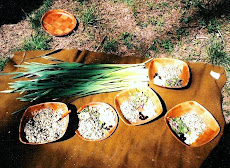









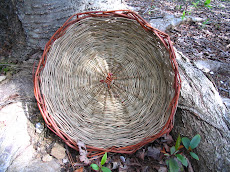



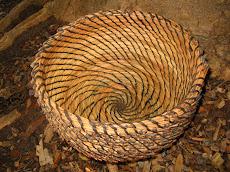



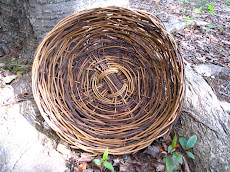

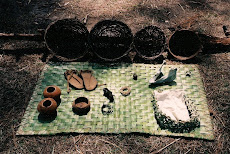


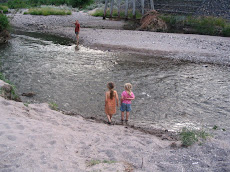

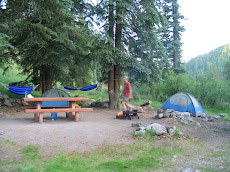


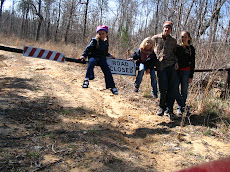

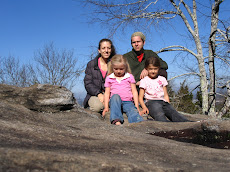




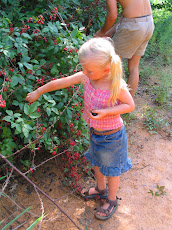








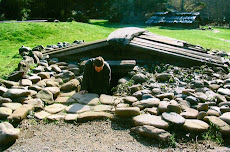

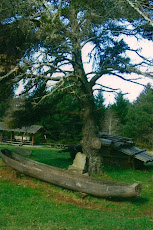



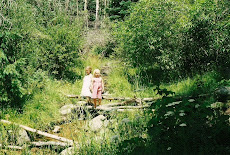
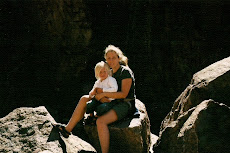
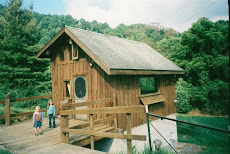


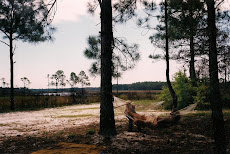

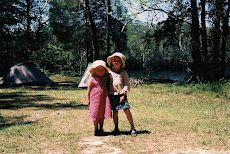.jpg)

.jpg)

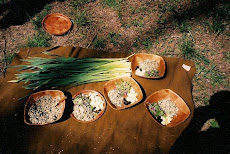
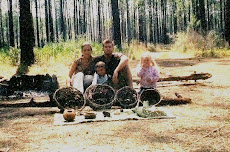
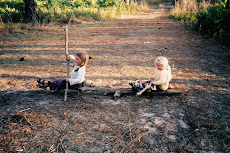.jpg)

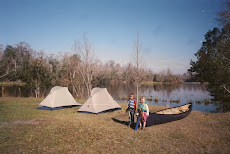

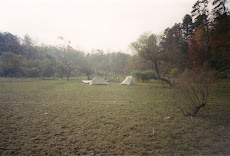
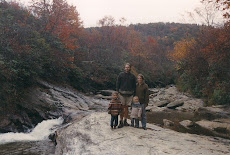
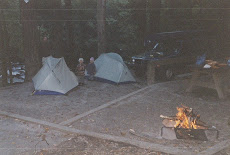


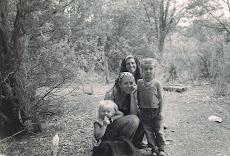.jpg)
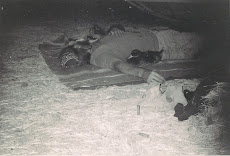.jpg)
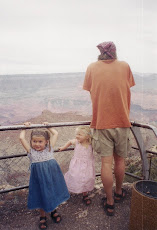
.jpg)
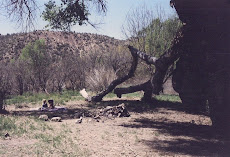.jpg)
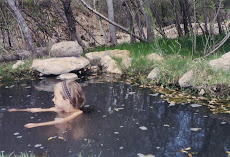
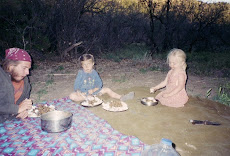.jpg)
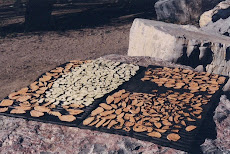
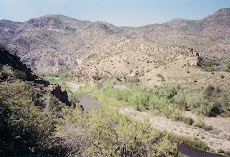.jpg)


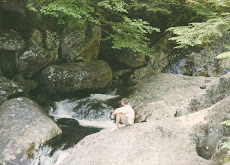







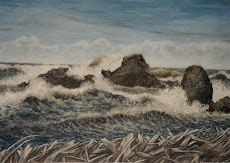




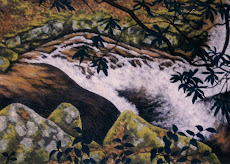






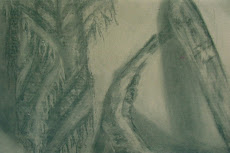

1 comment:
Thank you for your explanation of digging swales. Our future will be to own our own land to create a homestead. My blog: www.lightheartedwanderer.com .
Post a Comment